Home>diy>Architecture & Design>How To Keep House Design Under Budget
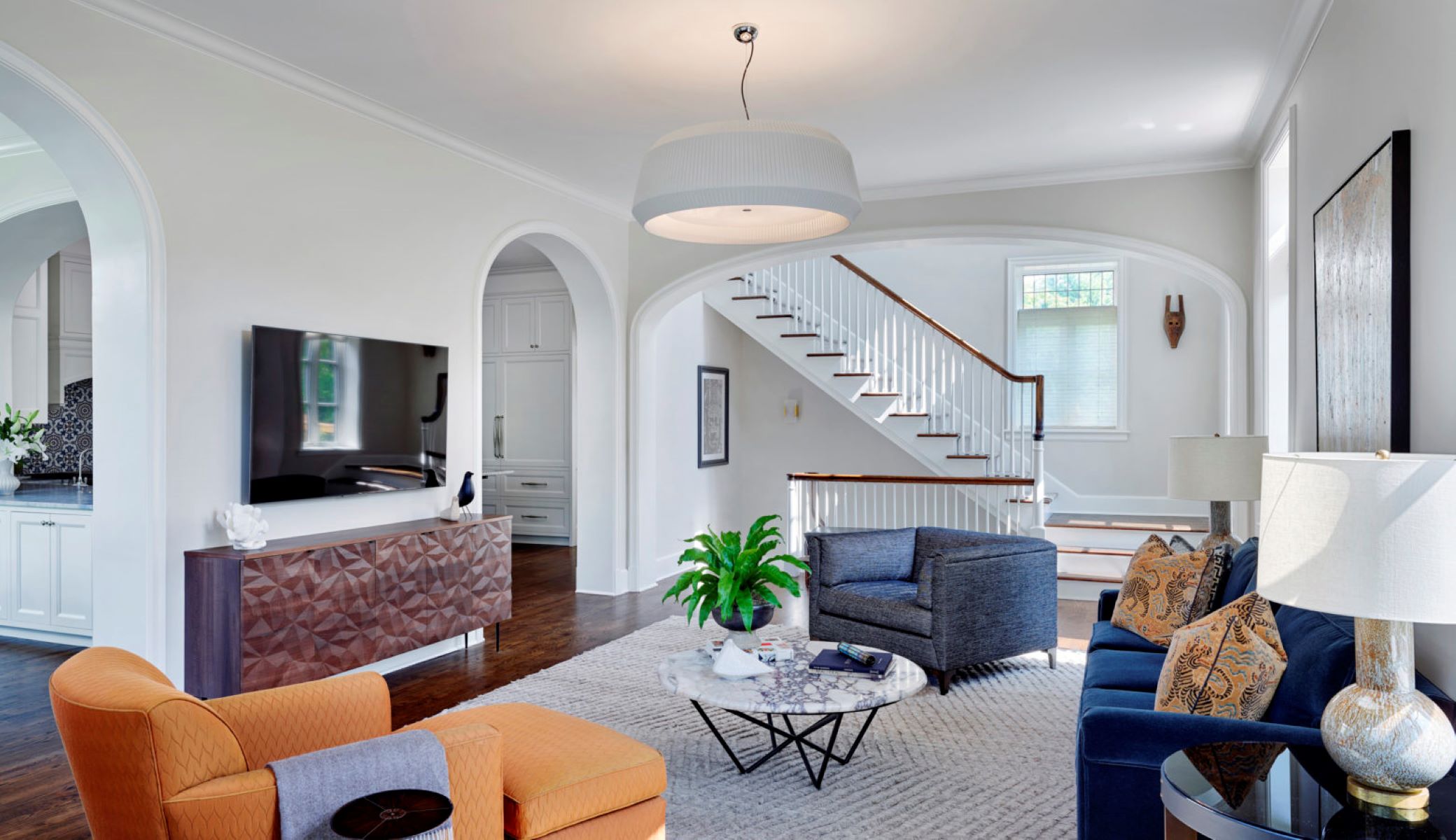

Architecture & Design
How To Keep House Design Under Budget
Modified: January 5, 2024
Discover expert tips and strategies to keep your house design under budget. Explore cost-effective architecture design options to save money and create your dream home.
(Many of the links in this article redirect to a specific reviewed product. Your purchase of these products through affiliate links helps to generate commission for Storables.com, at no extra cost. Learn more)
Introduction
Designing and building your dream house is an exciting endeavor, but it can also be a significant financial investment. It’s no secret that construction costs can quickly escalate, and staying within budget can be a challenge. However, with careful planning and strategic decision-making, it is possible to keep your house design under budget without compromising on quality or style.
In this article, we will guide you through some practical steps and strategies to help you create a well-designed home while staying within your financial limits. From determining your budget to exploring cost-saving options, we will cover it all. So, let’s get started on the path to achieving your dream home without breaking the bank.
Key Takeaways:
- Prioritize your needs and wants to stay within budget. Distinguish essential features from desirable ones and make informed decisions to create a well-designed home without overspending.
- Seek professional advice and explore DIY options to save money. Collaborate with experts and tackle manageable tasks yourself to achieve a cost-effective, well-designed home.
Read more: How To Budget For Building A House
Determine your budget
Before you dive into the exciting world of house design, it is essential to have a clear understanding of your budget. Determining your budget will allow you to set realistic expectations and make informed decisions throughout the design process.
Start by assessing your financial situation and determining how much you can comfortably allocate for your home design project. Consider factors such as your income, savings, and any additional funding sources or loans you may have.
It’s crucial to be honest and realistic about what you can afford. Take into account not only the initial construction costs but also factors like ongoing maintenance and future expenses that may arise.
Once you have a clear idea of your budget, break it down into different categories such as construction costs, furnishings, landscaping, and any additional expenses. This will help you track and allocate funds more efficiently.
Remember to leave some wiggle room in your budget for unexpected expenses or changes that may occur during the design and construction process. It’s better to have a financial cushion to fall back on rather than being caught off guard.
Lastly, it’s essential to communicate your budget to your architect, designer, or builder from the outset. By sharing your budget constraints with them, they can work with you to find cost-effective solutions and recommend design options that align with your financial goals.
By determining your budget upfront, you will have a solid foundation to guide your decision-making process and ensure you stay within your financial means throughout your house design journey.
Prioritize your needs and wants
When it comes to designing your dream house on a budget, it’s essential to prioritize your needs and wants. Understanding the difference between these two categories will help you make informed decisions and allocate your resources effectively.
Start by identifying your non-negotiable needs. These are the essential features and elements that your house must have to meet your functional requirements. For example, if you have a large family, you might prioritize the number of bedrooms and bathrooms. Or, if you work from home, you might need a dedicated home office space. By focusing on your needs, you can ensure that your house serves its intended purpose.
Next, consider your wants, which are the additional features and design elements that would enhance your home but are not absolutely necessary. These could include things like a gourmet kitchen, a backyard pool, or a luxurious master suite. While these features may be desirable, they can also add a significant cost to your overall budget.
By clearly distinguishing between your needs and wants, you can make informed choices about where to allocate your resources. This will help you prioritize the essential aspects of your home design while making more cost-effective decisions about the non-essential elements.
Remember, it’s crucial to strike a balance between your needs and wants. While it’s important to incorporate elements that bring you joy and enhance your lifestyle, be mindful of the impact they will have on your budget. Consider alternatives or compromises that can help achieve a similar effect at a lower cost.
By prioritizing your needs and wants, you can ensure that your dream house is designed to meet your functional requirements while still incorporating the design elements and features that are important to you.
Research affordable materials and finishes
One of the most effective ways to keep your house design under budget is to research and choose affordable materials and finishes. With a little bit of exploration and creativity, you can find options that not only fit your budget but also meet your aesthetic preferences.
Start by conducting thorough research on different materials and finishes available in the market. Look for alternatives and compare prices to identify cost-effective options. Keep in mind that just because a material or finish is budget-friendly doesn’t mean it has to compromise on quality or style.
Consider exploring locally sourced materials, as they are often more affordable due to reduced transportation and import costs. Additionally, local materials can add a unique and authentic touch to your home design, reflecting the character and culture of the region.
Another cost-saving approach is to consider recycled or upcycled materials. These materials, such as reclaimed wood or recycled glass, not only minimize waste but also add a distinctive charm to your home design. Research local salvage shops or online platforms that specialize in repurposed building materials.
Furthermore, think about incorporating cost-effective alternatives to expensive finishes. For example, instead of using expensive hardwood flooring throughout your entire home, opt for laminate or vinyl flooring in areas with lower traffic. This allows you to save money while still achieving the look and feel you desire.
Don’t forget to consider the long-term maintenance and durability of the materials you choose. While some options may have a lower upfront cost, they could require frequent repairs or replacement, leading to higher expenses down the line. Strike a balance between affordability and quality to ensure that your chosen materials and finishes can stand the test of time.
Lastly, consult with your architect or contractor to gain insights and recommendations on budget-friendly materials and finishes. Their experience and expertise can help you make informed decisions that align with your vision and financial goals.
By conducting thorough research and exploring affordable alternatives, you can find materials and finishes that not only fit your budget but also contribute to a well-designed and visually appealing home.
Consider cost-saving design strategies
When designing your house on a budget, it’s important to consider cost-saving design strategies that can help you optimize your resources and achieve your desired outcome without breaking the bank. These strategies focus on maximizing efficiency, minimizing waste, and making smart design choices that save money without compromising on style or functionality.
One of the key cost-saving design strategies is to prioritize open floor plans. By eliminating unnecessary walls and partitions, you can create a sense of spaciousness and flexibility without the need for additional construction materials and labor costs.
Additionally, consider incorporating natural light into your design. Ample natural light not only enhances the aesthetic appeal of your space but also reduces the need for artificial lighting during the day. This can result in significant long-term energy savings. Choose energy-efficient windows and consider strategic placement of skylights or light wells to maximize natural light penetration.
Another cost-saving design strategy is to focus on functional and practical layouts. Optimize the use of space by carefully planning the placement of rooms and circulation areas. Minimize hallways and excess square footage that may not serve a specific purpose. By maximizing the efficiency of your floor plan, you can reduce construction costs and ensure that every square foot of your home is well utilized.
When it comes to finishes and fixtures, consider opting for timeless and durable options that require minimal maintenance. This not only saves you money in the long run but also prevents the need for frequent replacements or upgrades. Explore cost-effective alternatives to high-end materials and fixtures that can provide a similar aesthetic without the hefty price tag.
Furthermore, think about incorporating energy-efficient features into your design. This includes insulation, efficient HVAC systems, and energy-saving appliances. While these may have a slightly higher upfront cost, they can lead to significant savings on energy bills over time.
Lastly, don’t overlook the importance of landscaping in your cost-saving design strategy. Choose low-maintenance plants and opt for native species that are well adapted to the local climate. This reduces the need for excessive watering, fertilizers, and other maintenance costs associated with a high-maintenance landscape.
By considering these cost-saving design strategies, you can make smart choices that help you stay within your budget while creating a functional, efficient, and aesthetically pleasing home.
Read more: How To Design A House On A Budget
Shop around for competitive quotes
When working within a budget, it’s crucial to shop around and obtain competitive quotes from multiple contractors, suppliers, and service providers. Gathering multiple quotes allows you to compare prices, negotiate better deals, and ensure that you are getting the best value for your money.
Start by identifying reputable contractors and suppliers in your area. Seek recommendations from friends, family, or trusted professionals who have recently completed home projects. Additionally, utilize online resources and platforms to search for local businesses that specialize in the services you require.
Contact several contractors or suppliers and provide them with detailed information about your project. This should include the scope of work, design plans, and any specific requirements or materials you have in mind. Be clear about your budget limitations and ask them to provide a breakdown of their costs.
Once you have received multiple quotes, carefully review and compare them. Look for any glaring discrepancies in pricing or services offered. Pay attention to the quality of materials, warranties, and any additional costs that may not be outlined in the initial quote.
Don’t be afraid to negotiate with the contractors or suppliers. If you have received a more competitive quote from another company, use it as leverage to potentially lower the price or negotiate better terms. However, keep in mind that the lowest quote may not always be the best option. Consider factors such as reputation, experience, and customer reviews when making your decision.
In addition to comparing prices, also assess the professionalism and communication skills of the contractors or suppliers. A reliable and responsive team can make a significant difference in the overall success of your project.
Remember to also seek clarification on any aspects of the quote that you do not understand. This will help you avoid any surprises or hidden costs once the project is underway.
By shopping around and obtaining competitive quotes, you can make informed decisions and ensure that you are receiving fair prices for the services and materials involved in your house design. This strategic approach will help you stay within your budget while still achieving your desired outcome.
Consider using cost-effective materials and finishes, such as laminate flooring instead of hardwood, and opting for standard-sized windows and doors to avoid custom fabrication costs.
Explore DIY options
If you’re looking to keep your house design under budget, exploring do-it-yourself (DIY) options can be a great way to save money while adding a personal touch to your home. While not every aspect of your project may be suitable for DIY, there are several areas where you can roll up your sleeves and tackle the tasks yourself.
Start by assessing your skillset and determining which aspects of the construction or design process you feel comfortable tackling on your own. DIY projects often work best for tasks that don’t require specialized knowledge or equipment.
One area where DIY can be especially cost-effective is in the realm of interior design and decoration. Consider taking on tasks such as painting walls, installing flooring, or even assembling furniture. These projects can easily be accomplished with some basic tools and resources available at most hardware stores.
Furthermore, DIY can extend to smaller details and decorative elements. You can explore DIY options for light fixtures, window treatments, shelving units, and even custom artwork. There are numerous online tutorials, DIY blogs, and forums that can guide you through the process and offer inspiration for your creations.
However, it’s crucial to be realistic about your abilities and limitations. If a project requires specialized skills or poses potential safety hazards, it’s best to leave it to the professionals. Engaging in DIY should enhance your budget-saving efforts, not compromise the quality or safety of your home.
Consider enlisting the help of friends or family members who have the necessary skills and expertise. This can not only make the DIY process more enjoyable but also provide you with additional support and guidance.
Remember to carefully plan and research before embarking on any DIY projects. This includes gathering the necessary tools, materials, and resources, as well as understanding the steps involved. By taking the time to educate yourself and prepare adequately, you can ensure a smoother and more successful DIY experience.
By exploring DIY options, you can not only save money on labor costs but also infuse your home with a personal touch and sense of accomplishment. Just remember to prioritize safety, be realistic about your capabilities, and maintain a balance between DIY and professional assistance for the best results.
Be flexible and willing to compromise
When it comes to designing your house on a budget, it’s essential to be flexible and willing to make compromises along the way. While you may have a vision of your dream home, the reality is that budget constraints may require adjustments and trade-offs to stay within financial limits.
Start by identifying your must-haves versus your nice-to-haves. Understand that not every feature or design element may be feasible within your budget. Be open to exploring alternative options or scaling back on certain aspects to achieve a more affordable outcome.
Flexibility is key when it comes to materials and finishes. While you may have a specific material or finish in mind, be open to exploring similar alternatives that offer a similar look or feel at a lower cost. For example, instead of solid hardwood flooring, you could consider engineered wood or high-quality laminate flooring that mimics the look of hardwood.
Furthermore, consider the possibility of phasing your project over time. If your budget does not allow for a complete design and construction overhaul, focus on the essential areas or rooms and leave room for future expansion or improvements. This approach allows you to prioritize your spending and gradually work towards your ultimate vision.
It’s also important to keep an open mind when it comes to design aesthetics. While you may have a specific style in mind, explore other design styles or mix different elements to create a unique and cost-effective look. Embrace the beauty of creativity and adaptability in your design process.
When faced with potential compromises, always prioritize functionality and long-term value. It’s essential to ensure that the compromises you make do not negatively impact the functionality, livability, or resale value of your home. Strike a balance between your desires and practicality.
Lastly, be prepared to make adjustments as the project progresses. Unexpected expenses or changes may arise that require further adaptation. Stay proactive in managing your budget and be willing to make necessary adjustments to keep your house design within financial limits.
By being flexible and willing to compromise, you can navigate the challenges of designing on a budget while still creating a space that reflects your personality and meets your needs. Embrace the opportunity to be resourceful and find creative solutions that make your dream home a reality.
Keep track of expenses
When undertaking a house design project on a budget, it’s crucial to keep a thorough track of your expenses. Maintaining a record of all costs associated with your project allows you to stay within your budget, identify areas of overspending, and make necessary adjustments along the way.
Start by creating a detailed budget that includes all anticipated expenses, from construction materials and labor to furnishings and finishing touches. Break down your budget into different categories to ensure you have a comprehensive overview of where your money is allocated.
As you progress through the project, keep a record of all expenses incurred. This includes receipts, invoices, and any other relevant documentation. Use a spreadsheet or budgeting software to organize and track these expenses in an easily accessible and comprehensible manner.
Regularly review your expenses against your initial budget. Compare the actual costs to your estimated costs and evaluate any variances. This will help you identify areas where you may have overspent or where you have room to allocate additional funds if needed.
Additionally, if you encounter unexpected expenses or change orders during the project, make sure to record them accurately. This will allow you to assess their impact on your overall budget and make informed decisions on how to proceed.
Keeping track of expenses also helps you prioritize your spending. By understanding where your money is going, you can make more informed decisions about where to cut costs or invest in higher-priority areas.
Throughout the process, be diligent in updating and maintaining your expense records. Regularly review and reconcile your records with actual bank statements or credit card statements to ensure accuracy and completeness.
Finally, remember to maintain open communication with your contractor, suppliers, and other professionals involved in your project. They can provide valuable insights into costs and help you anticipate and manage any potential financial challenges that may arise.
By keeping a detailed record of all expenses, you can effectively manage your budget, make informed decisions, and ensure that your house design project stays on track financially. Embrace the role of a diligent steward of your project’s finances to achieve the best possible outcome within your budget constraints.
Read more: How To Decorate My Living Room On A Budget
Seek professional advice and guidance
When designing your house on a budget, seeking professional advice and guidance can be incredibly valuable. Professionals, such as architects, designers, and contractors, have the expertise and experience to help you make informed decisions, navigate potential challenges, and optimize your budget.
Start by engaging with an architect or designer who specializes in cost-effective design solutions. They can help you assess your needs and develop a design that maximizes functionality while minimizing costs. Their knowledge of construction methods, materials, and space planning can help you make efficient use of your resources.
During the design phase, consult with your architect or designer to explore options for cost savings. They can recommend alternative materials or provide recommendations on layout changes that can have a significant impact on your budget. Discuss your budget limitations openly and work together to create a design that aligns with your financial goals.
Once the design is finalized, seek the guidance of a contractor who has experience with budget-conscious projects. They can provide insights on construction techniques, value engineering, and cost-saving strategies. Their expertise can help you navigate the complexities of the construction process and ensure that your project stays within your financial means.
When selecting professionals, take the time to thoroughly research and interview potential candidates. Look for professionals who have a track record of working on projects similar to yours and who understand your vision and budget limitations.
In addition to architects, designers, and contractors, consider consulting with professionals in other areas such as energy efficiency, landscaping, or interior design. These experts can provide valuable advice on how to optimize your resources, reduce energy costs, and enhance the overall aesthetics of your home on a budget.
Remember that seeking professional advice doesn’t mean relinquishing control over your project. It’s important to maintain open lines of communication and be actively involved in the decision-making process. Collaborate with professionals, share your needs and concerns, and work together to find the most cost-effective solutions.
By seeking professional advice and guidance, you tap into a wealth of knowledge and experience that can help you make informed decisions, optimize your budget, and achieve your desired outcome. Embrace the value that professionals bring to your project and leverage their expertise to create a well-designed home that fits your financial goals.
Conclusion
Designing and building a house on a budget requires careful planning, creative thinking, and smart decision-making. By following the strategies outlined in this article, you can achieve a well-designed home that not only meets your needs and desires but also stays within your financial means.
Start by determining your budget and being realistic about what you can afford. Prioritize your needs and wants, and be open to making compromises. Research affordable materials and finishes, and explore DIY options where feasible. Shop around for competitive quotes and seek professional advice and guidance to ensure you are making informed choices.
Keep track of your expenses and be vigilant in managing your budget throughout the project. Be flexible and adaptable, embracing alternative options and making adjustments as needed. Remember that staying within budget doesn’t mean sacrificing quality or style – it’s about making conscious decisions and finding the best value for your money.
Designing a house on a budget can be a challenging but rewarding experience. It allows you to prioritize what truly matters to you, make thoughtful choices, and exercise your creativity. With careful planning, research, and a willingness to explore cost-saving options, you can create a home that brings joy and comfort without straining your financial resources.
Remember, your house is not just a structure, but a place where you will create memories and embark on new adventures. Focus on the aspects that truly matter to you and invest your resources wisely. By taking a strategic and thoughtful approach, you can achieve your dream home without compromising your financial well-being.
So, take a deep breath, envision your ideal home, and embark on the journey of designing your perfect space – all within the boundaries of your budget.
Frequently Asked Questions about How To Keep House Design Under Budget
Was this page helpful?
At Storables.com, we guarantee accurate and reliable information. Our content, validated by Expert Board Contributors, is crafted following stringent Editorial Policies. We're committed to providing you with well-researched, expert-backed insights for all your informational needs.
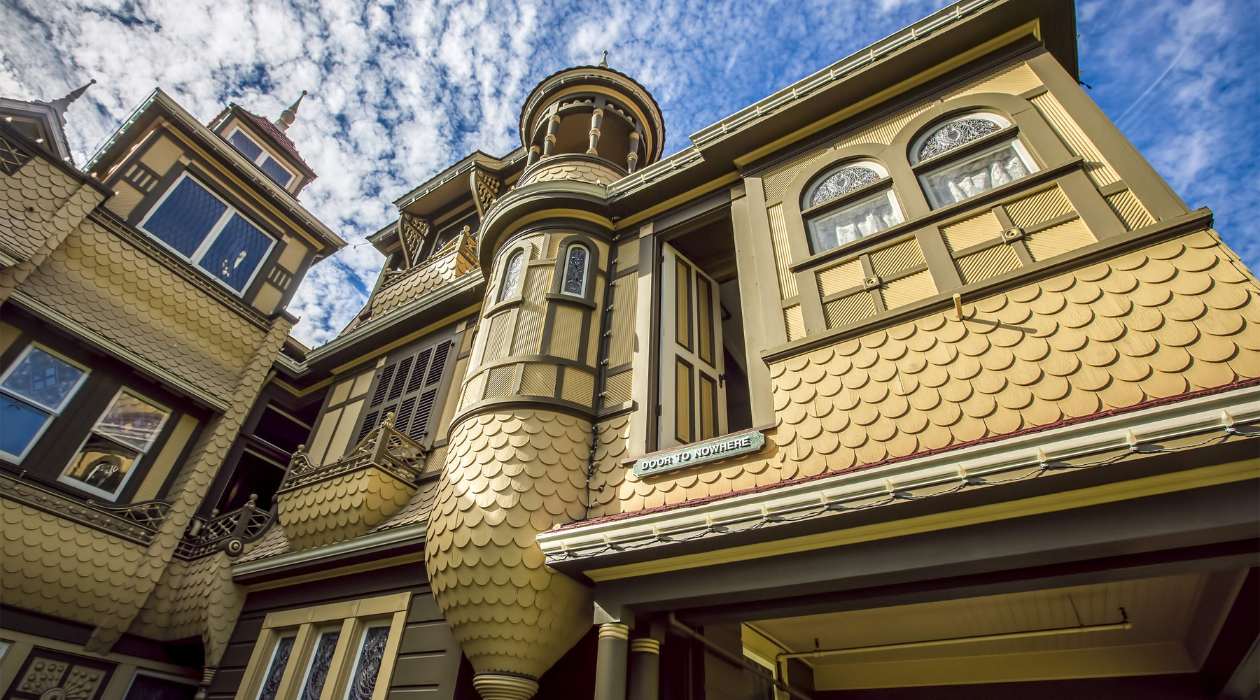
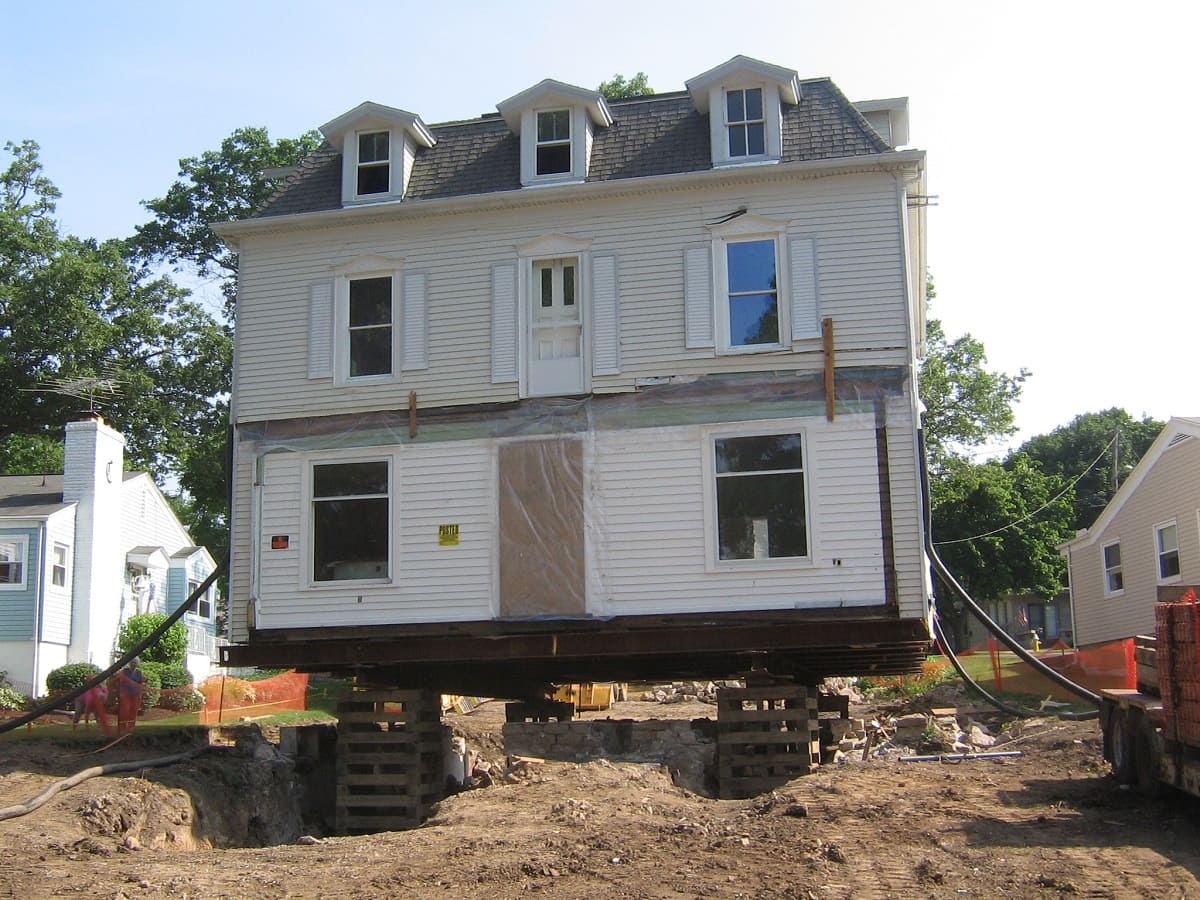
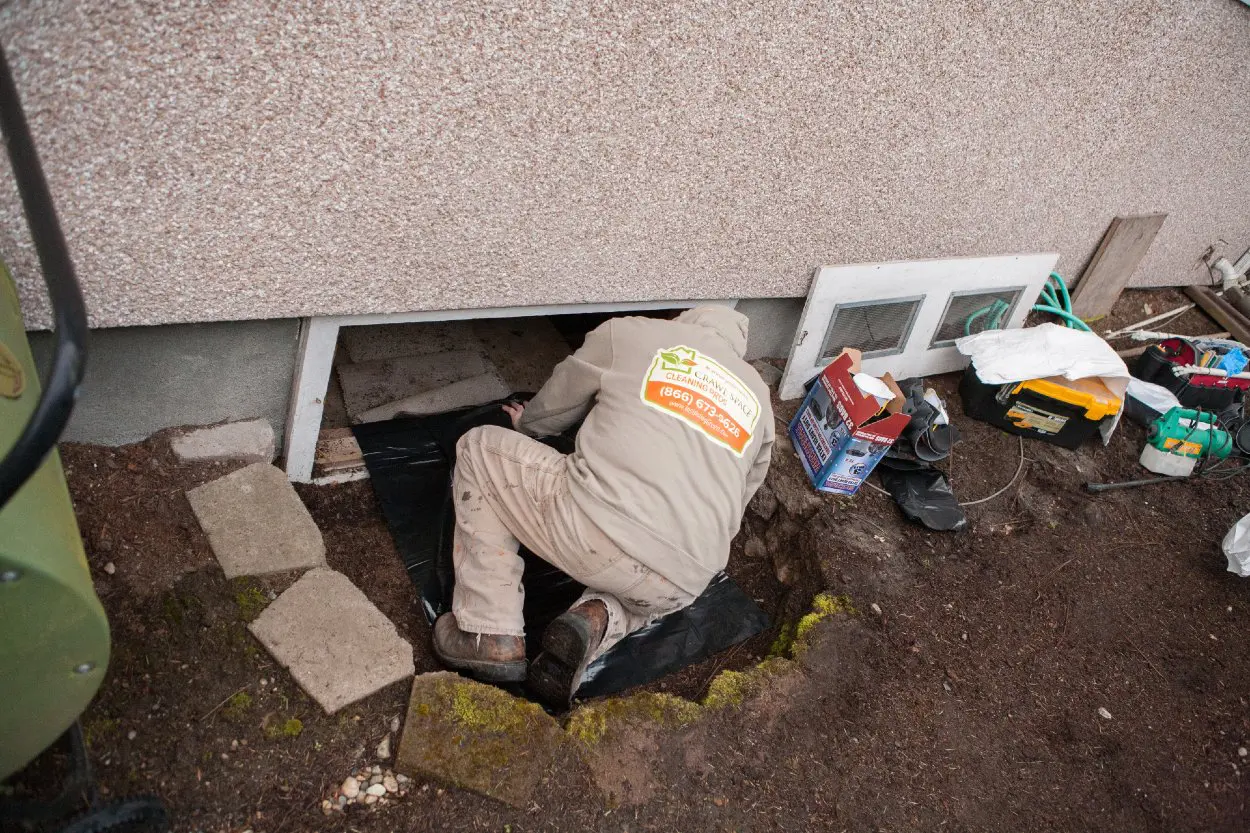
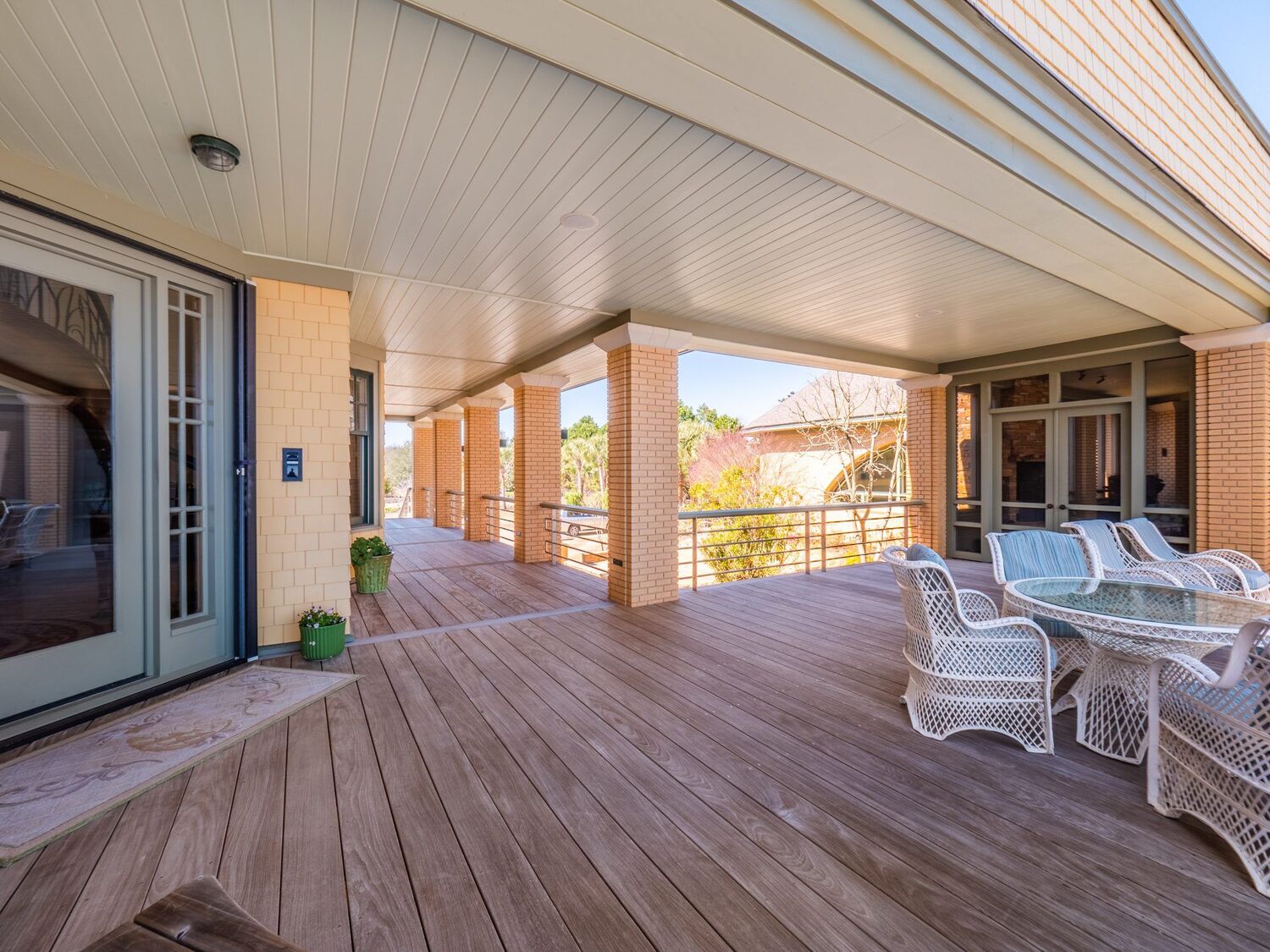
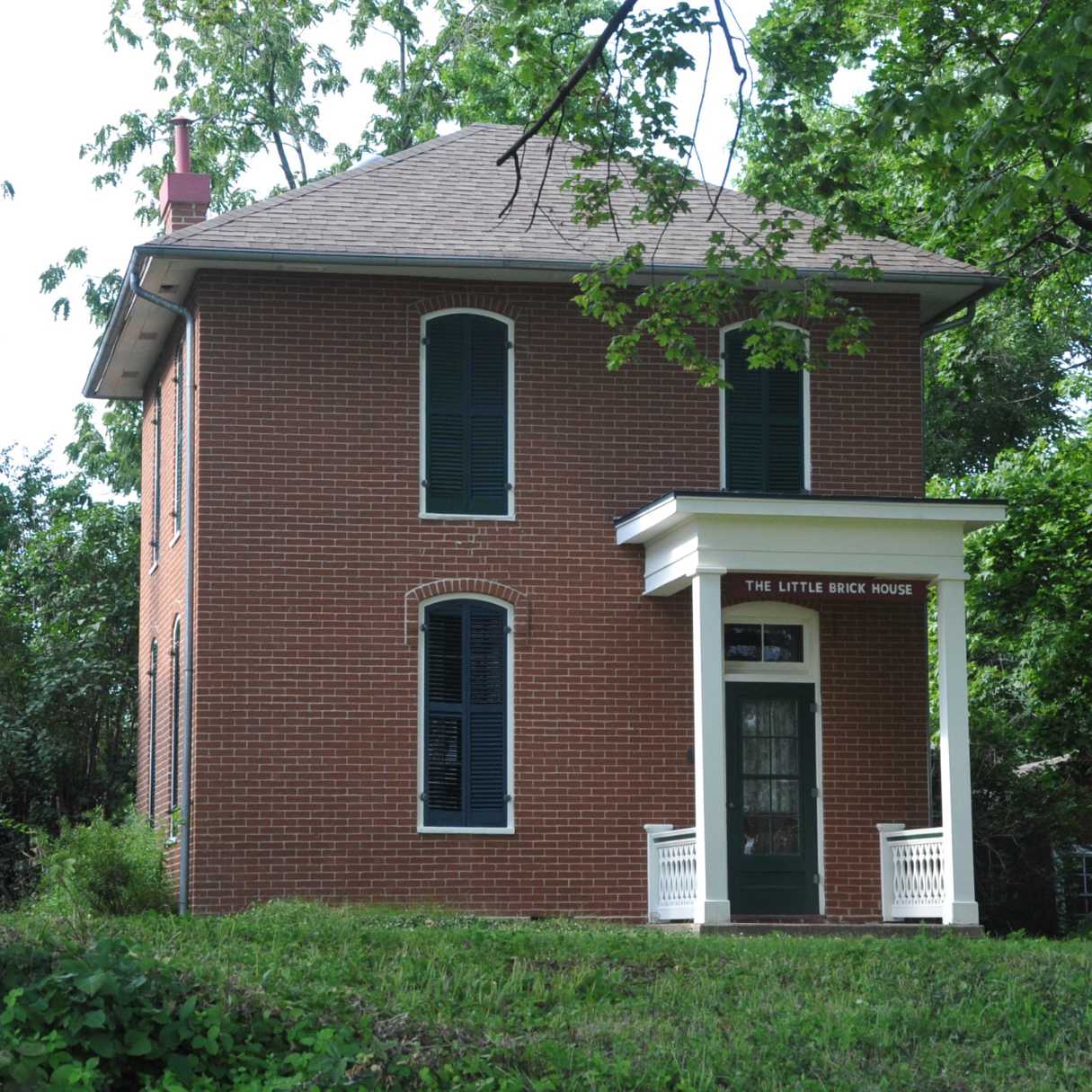

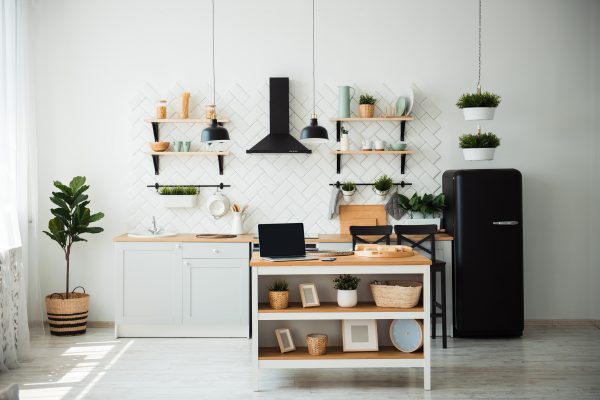




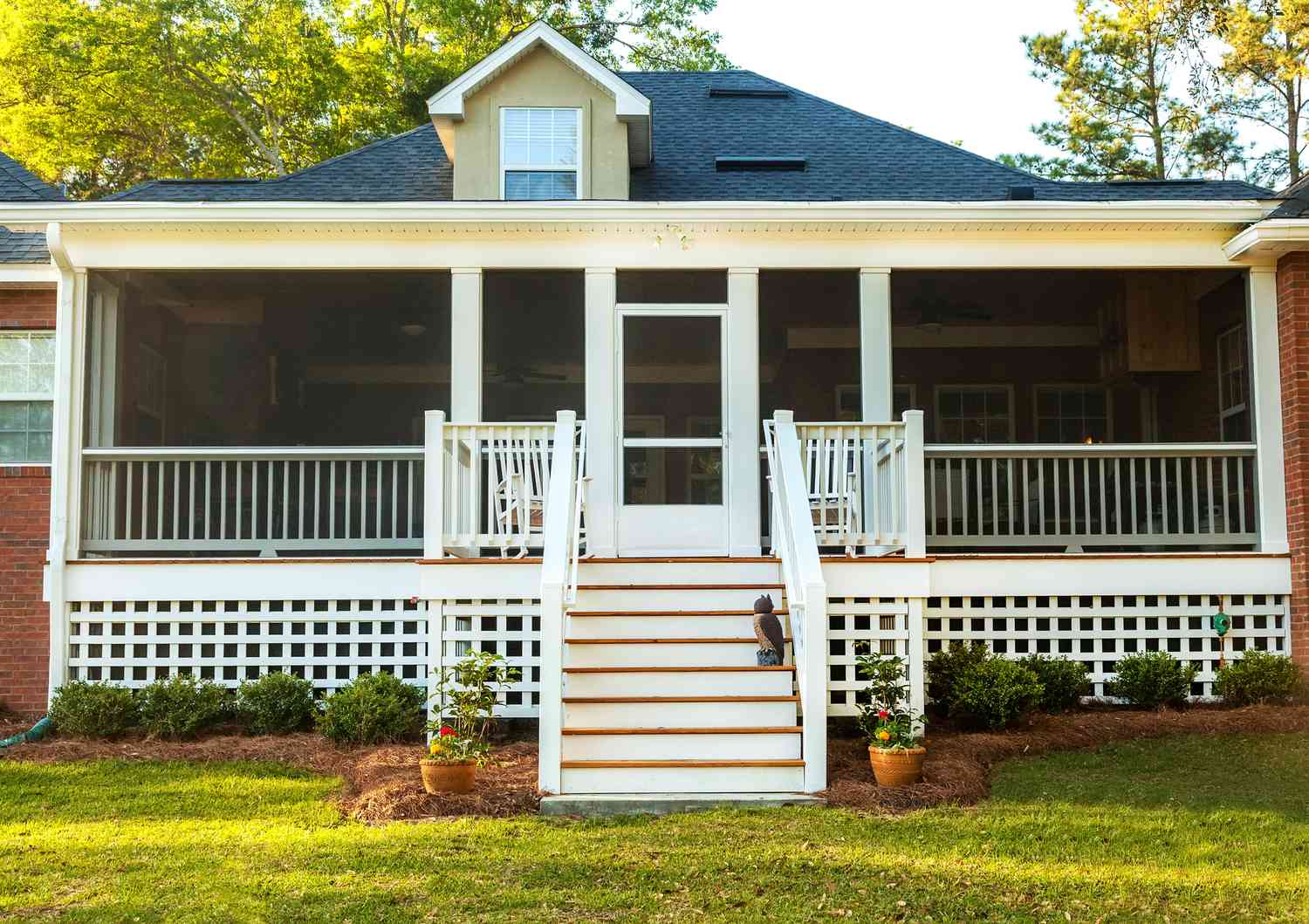
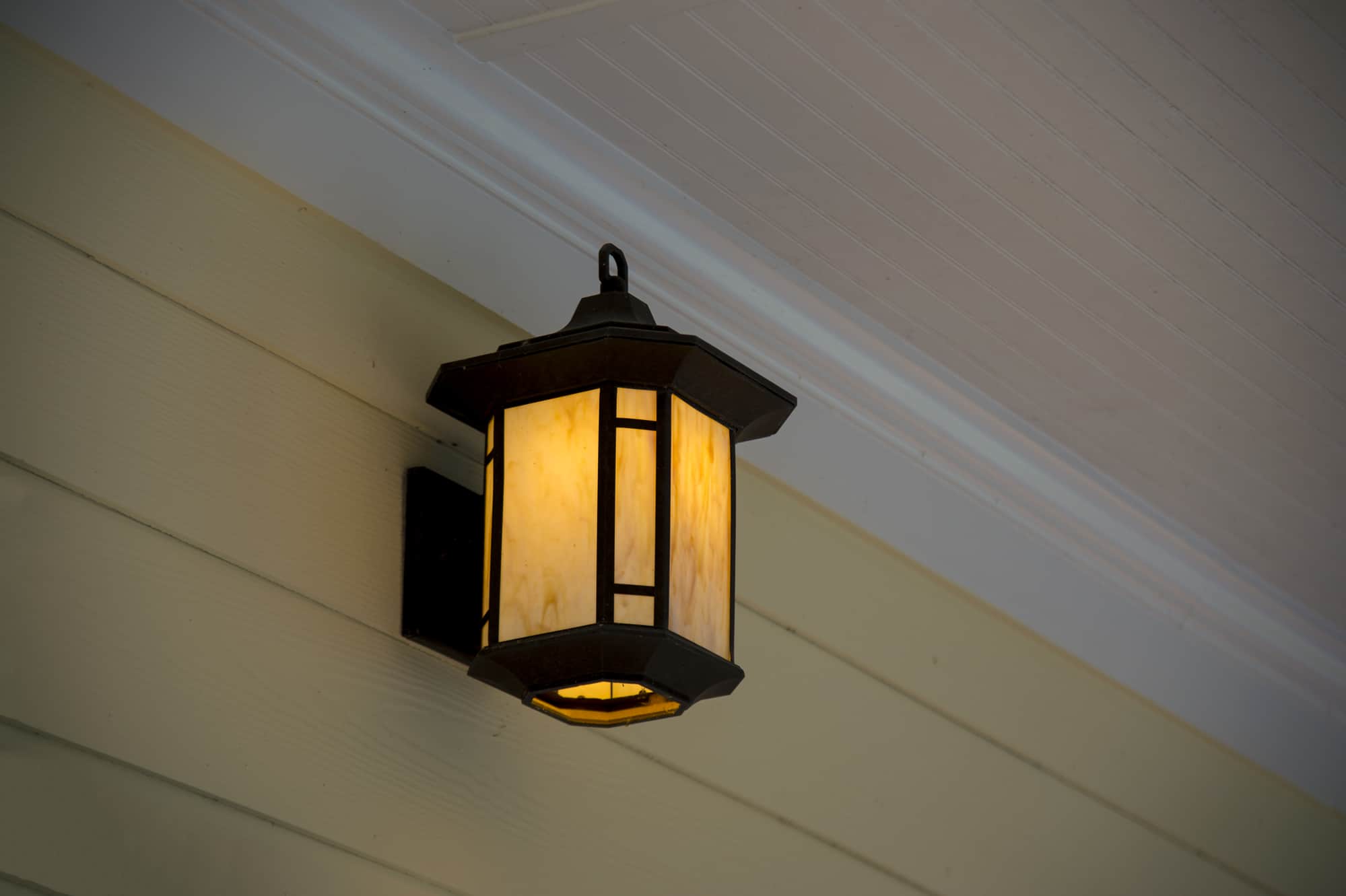

0 thoughts on “How To Keep House Design Under Budget”